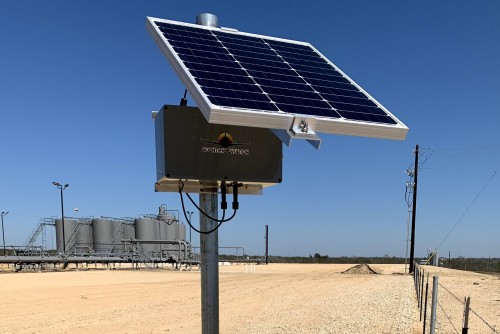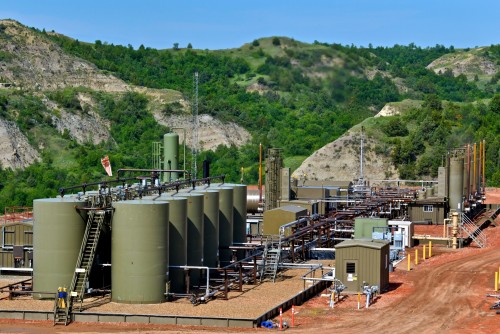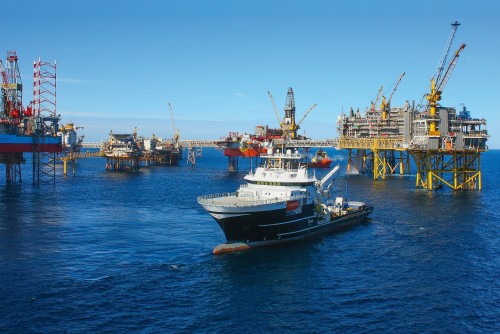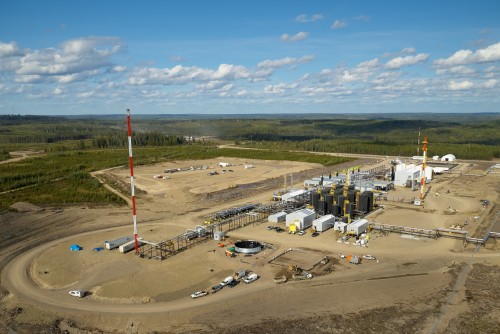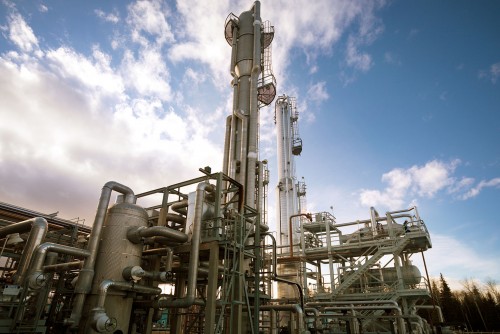Building a Resilient Strategy for the Energy Transition
Managing Climate-Related Risks
In a world aiming for net-zero emissions, we have a framework that consists of the governance, strategic capability, risk management processes and disclosure to demonstrate resilience across a range of transition scenarios. Our current Climate Risk Strategy and actions for our oil and gas operations are aligned with the aims of the Paris Agreement while being responsive to shareholder interests for long-term value and competitive returns.
ConocoPhillips is applying its strategic capabilities and resources to meet this challenge in an economically viable, accountable and actionable way that balances the interests of our stakeholders. Our goal is to support an orderly transition that matches supply to demand and focuses on returns on and of capital while safely and responsibly delivering affordable energy.
In 2021 we advanced our role in addressing Scope 3 emissions and accelerated our contribution to the energy transition in several focus areas.
- Advocating for policy to address end-use emissions through support of an economy-wide price on carbon.
- Addressing upstream supply chain emissions by engaging with major suppliers on our Climate Risk Strategy.
- Evaluating renewable energy opportunities in our operations through power purchase agreements or building solar or wind opportunities to support growing market demand of alternative energy.
- Investing in low carbon opportunities and mitigation measures such as carbon capture and storage and hydrogen.
2021 Performance Highlights
- Developed our Plan for the Net-Zero Energy Transition to describe in detail how we intend to manage through the energy transition and address the associated risks and opportunities.
-
Improved our Paris-aligned target framework of near-, medium-, and long-term targets for reducing the emissions over which the company has ownership and control, namely Scope 1 and Scope 2 emissions with an ambition to become a net-zero company for Scope 1 and 2 emissions by 2050. These targets include:
- Strengthening our previously announced operational GHG emissions intensity reduction target to 40-50% by 2030 on a gross operated basis.
- Expanding the GHG emissions intensity target to apply on a net equity basis to ensure active engagement in our non-operated investments.
- Meeting a further 10% reduction target for methane emissions intensity by 2025 from our 2019 baseline, building upon the 65% reduction we have made since 2015.
- Achieving near-zero methane emissions intensity by 2030.
- Achieving a target of zero routine flaring by 2025, five years sooner than the World Bank initiative’s goal of 2030.
- Demonstrated active advocacy for an economy-wide U.S. carbon price that would directly address consumer demand for energy and end-use (Scope 3) emissions.
- Enhanced the comprehensive scenario planning process to understand alternative energy transition pathways and test the resilience of our corporate strategy to climate risk.
- Matured our use of scenario analysis and a fully burdened cost of supply, including cost of carbon, as the primary basis for capital allocation.
- Demonstrated portfolio focus on low cost of supply, low GHG emissions intensity assets, which will be essential for meeting transition pathway demand.
- Expanded our multi-disciplinary Low Carbon Technologies organization focused on enabling our Scope 1 and 2 net-zero ambition and pursuing low carbon energy transition opportunities, including CCS and hydrogen.
In This Section
Governance Framework
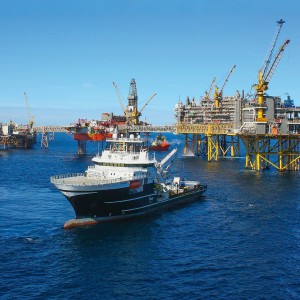
A comprehensive governance process.
Strategy
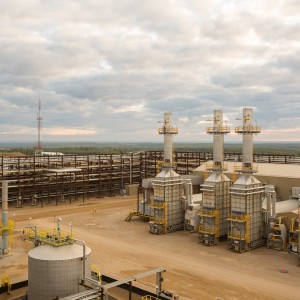
Climate-related risks integrated into strategic planning.
Risk Management
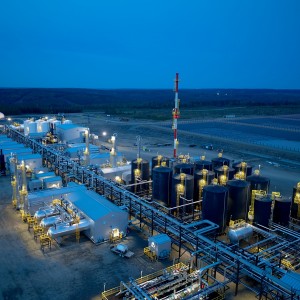
Assessing and managing climate-related risks.
Performance Metrics and Targets

Key metrics and targets to measure and monitor our performance.
External Collaboration

Gaining external perspectives.
Public Policy Engagement
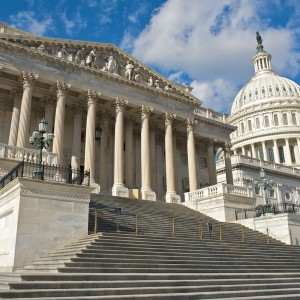
Playing a constructive role in public policy dialogue.
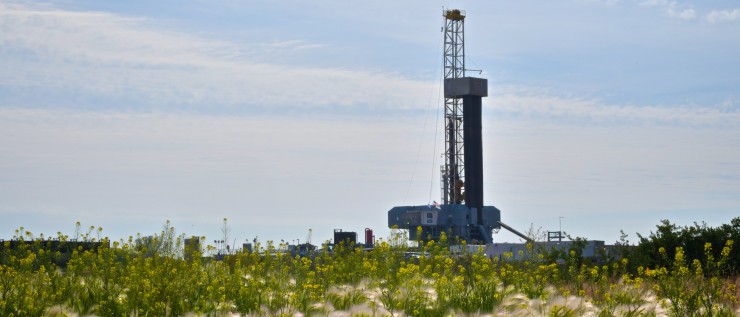
Climate Risk Framework
Net-Zero Ambition by 2050
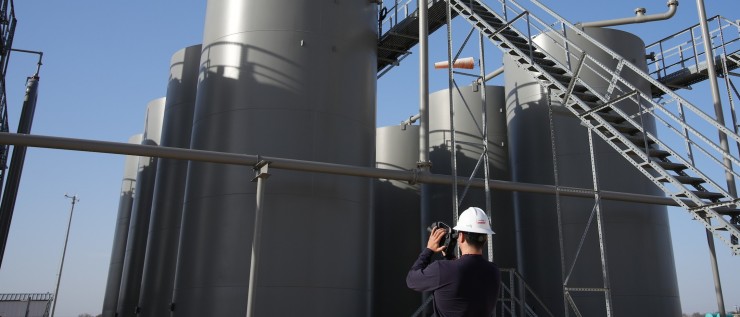
The Net-Zero Roadmap: Implementing our Ambition
Sustainability Projects
We deliver reliable and affordable energy to the world while protecting the environment and benefiting communities. This interactive map provides examples of our efforts across the globe.

Climate Change Position
Our position guides our approach to managing climate-related risks.



